
Keeping a home termite-free is crucial to maintaining its structural integrity and value.
Termites can cause extensive damage that is expensive to repair.
Effective termite control involves regular maintenance, vigilance, and preventive measures.
Control Moisture Levels
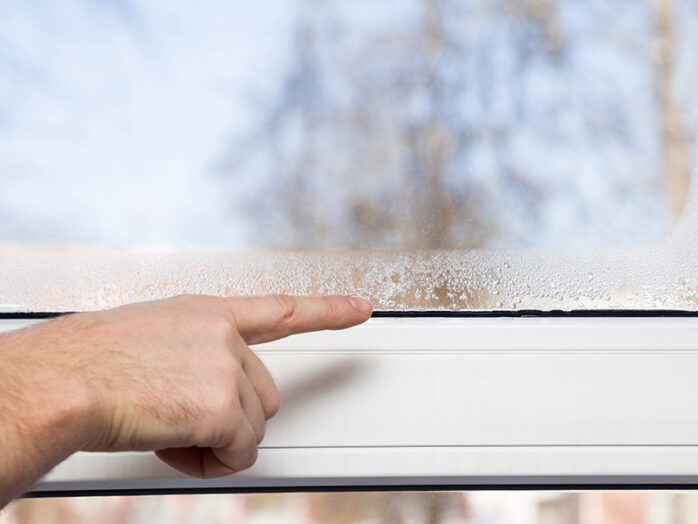
Controlling moisture levels in and around your home is a critical aspect of termite control. Termites thrive in moist environments, so eliminating excess moisture can significantly reduce the risk of infestation.
Fix Leaks: Plumbing, roof, and water pipe leaks should be repaired promptly. Even small leaks can create a conducive environment for termites. Regularly inspect areas under sinks, around appliances, and in the attic for signs of moisture or leaks.
Proper Drainage: Ensure proper drainage around your home. Clean gutters regularly to prevent water buildup and ensure that downspouts direct water away from the foundation. Poor drainage can lead to water pooling around the house, which attracts termites.
Ventilation: Adequate ventilation is essential, especially in moisture-prone areas like bathrooms, basements, and crawl spaces. Use exhaust fans in bathrooms and kitchens to reduce humidity levels. Consider installing vents in the attic and crawl spaces to improve air circulation and keep these areas dry.
By maintaining low moisture levels, you create an environment that is less appealing to termites, thus aiding in effective termite control.
Regular Maintenance and Inspections
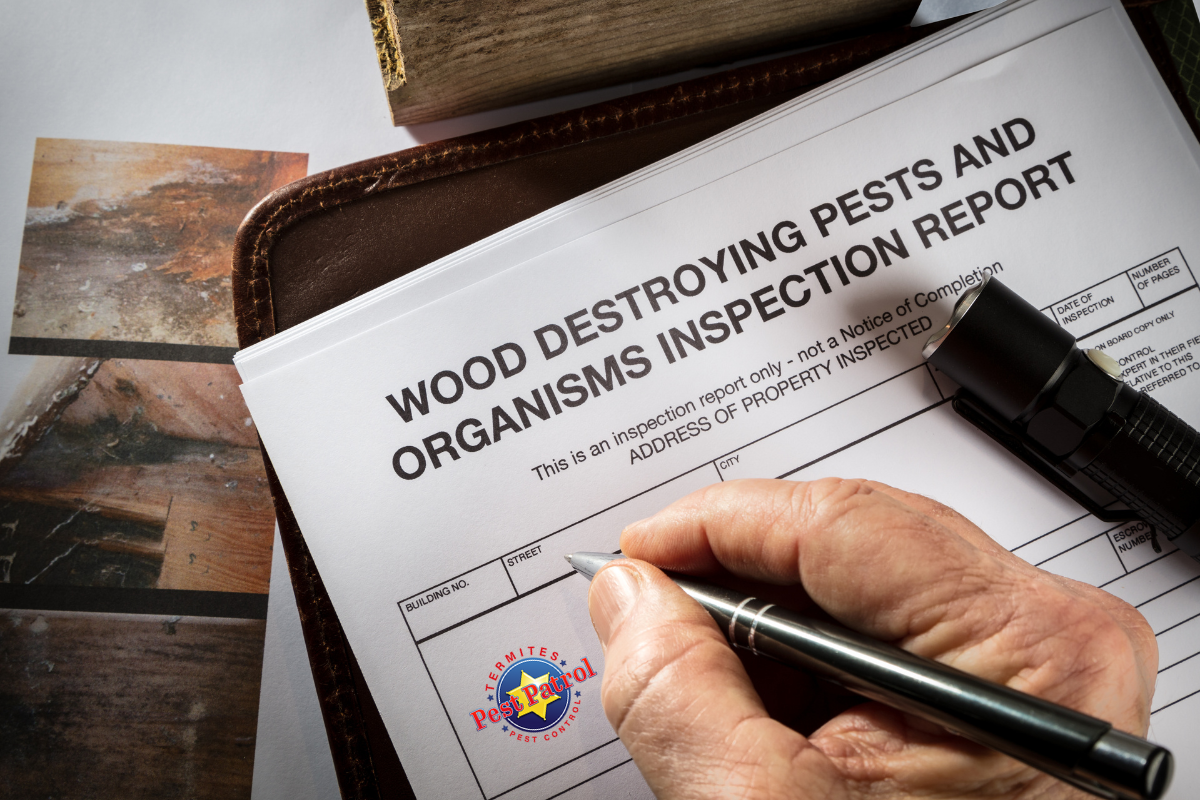
Regular maintenance and inspections are vital for effective termite control. Being proactive can help detect early signs of termite activity and prevent significant damage.
Professional Inspections: Schedule regular inspections by a licensed pest inspector. Professionals are trained to spot early signs of termites, such as mud tubes, discarded wings, and damaged wood. Annual inspections are recommended, but more frequent checks may be necessary in high-risk areas.
Self-Inspections: Homeowners should also perform self-inspections regularly. Look for signs of termites around the foundation, in the attic, and in crawl spaces. Check wooden structures for hollow sounds when tapped and inspect for mud tubes along walls or in hidden areas. Early detection can save thousands in repair costs and prevent extensive damage.
By maintaining a regular inspection routine, both professional and self-conducted, you can stay ahead of potential termite problems and ensure timely interventions.
Sealing Entry Points
Sealing entry points is a crucial step in termite control. By eliminating easy access, you can prevent termites from entering your home and causing damage.
Seal Cracks and Openings: Inspect your home for cracks in the foundation, walls, and around windows and doors. Use caulk or sealant to close these gaps, making it harder for termites to find their way inside. Pay special attention to areas where utilities enter the house, as these can be potential entry points.
Door and Window Maintenance: Ensure windows and doors fit properly in their frames. Install door sweeps on exterior doors to block any gaps. Repair or replace damaged weather stripping around windows and doors to create a tight seal. This not only helps in termite control but also improves energy efficiency by preventing drafts.
By sealing entry points, you can significantly reduce the risk of a termite infestation and protect your home from potential damage.
Proper Wood and Debris Management
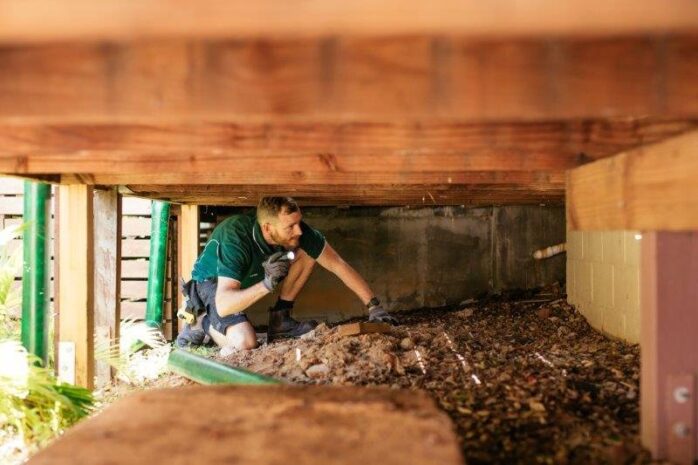
Proper wood and debris management is essential for termite control. Termites are attracted to wood and organic materials, so keeping these away from your home can help prevent infestations.
Store Wood Away from Home: Keep firewood, lumber, and other wooden materials stored away from the home’s foundation. Place these materials on raised platforms and cover them with a tarp to keep them dry. Storing wood away from the house reduces the likelihood of termites migrating from the woodpile to your home.
Remove Debris: Regularly clear away leaf litter, mulch, and other organic debris that can attract termites. Avoid piling mulch directly against the house’s foundation. Instead, use inorganic mulch, like gravel or rubber, near the foundation to deter termites.
Consider Alternative Materials: Use non-wood materials like aluminum, iron, or concrete for outdoor furniture and structures. These materials are less attractive to termites and provide a long-lasting alternative to wood.
By managing wood and debris effectively, you create a less appealing environment for termites, enhancing your termite control efforts.
Landscaping Tips
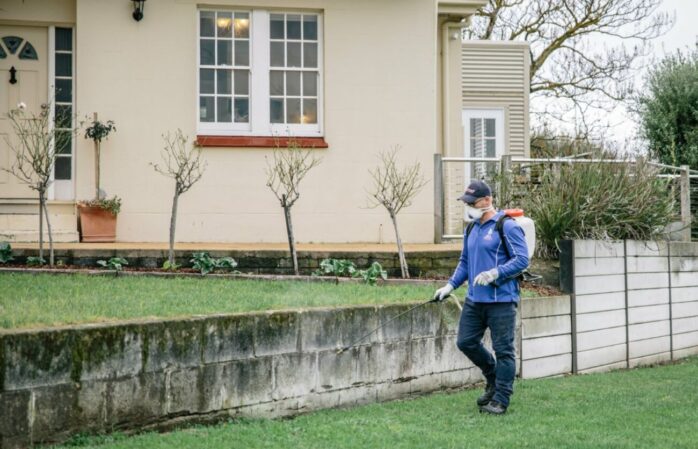
Landscaping plays a significant role in termite control. Proper landscaping techniques can reduce the risk of termite infestations and protect your home.
Maintain Garden Beds: Keep garden beds away from the house and ensure they are well-maintained. Avoid planting flowers or shrubs directly against the foundation. Use a barrier, like gravel, between the garden and the house to prevent termites from accessing your home.
Tree and Shrub Management: Trim trees and shrubs so they do not touch the house. Overhanging branches and vegetation touching the structure provide a direct pathway for termites. Remove dead trees and stumps from the yard, as they can attract termites and serve as a food source.
Mulching: Use inorganic mulch instead of wood-based mulch around the home’s foundation. Inorganic mulches, such as stone or rubber, do not provide food for termites and help in maintaining a termite-free environment.
Use of Termite-Resistant Materials
Using termite-resistant materials in construction and renovations is an effective termite control strategy. These materials are less attractive to termites and can help prevent infestations.
Treated Wood: Use treated lumber for construction and renovations. Treated wood is infused with chemicals that repel termites, making it a more durable option for building. This is especially important for structures that come into contact with the ground, such as decks and fences.
Alternative Construction Materials: Consider using steel framing or concrete foundations in new constructions. These materials are termite-resistant and offer a long-lasting alternative to wood. Steel and concrete are not susceptible to termite damage, providing a solid defense against infestations.
Regular Termite Treatments
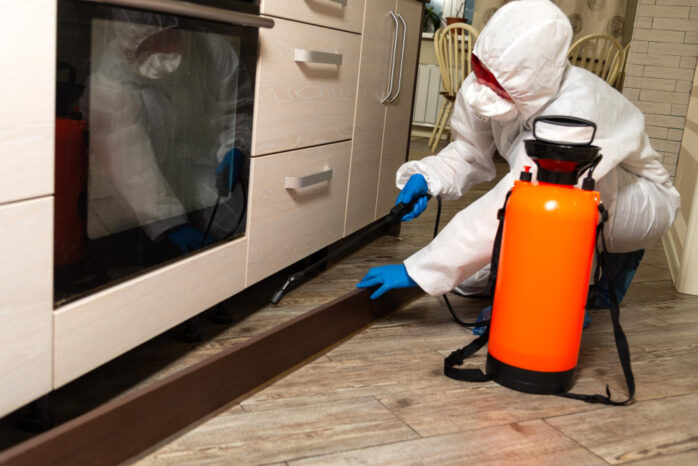
Regular termite treatments are essential for maintaining a termite-free home. Both professional and DIY treatments can be effective in preventing infestations.
Professional Pest Control: Hire professional pest control services for regular termite treatments and preventative measures. Professionals have access to advanced treatments and can apply them effectively. Regular treatments create a protective barrier around your home, keeping termites at bay.
DIY Treatments: If professional services are not an option, consider applying DIY termite treatments. Borax and water solutions can be used to treat wooden structures, making them less attractive to termites. Follow the instructions carefully and reapply as needed to maintain effectiveness.
The Bottom Line
Regular maintenance and vigilance are key to keeping a home termite-free. For effective termite control, consider professional pest control services for inspections and treatments.











